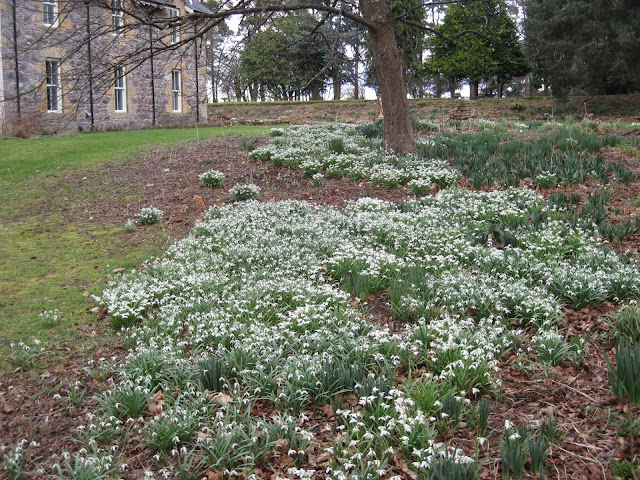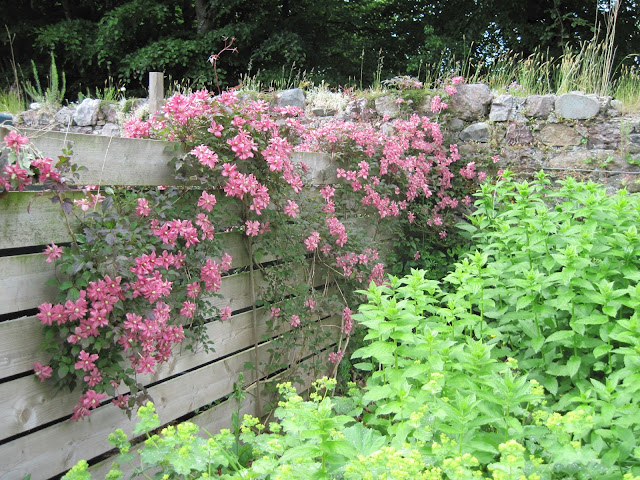The little location pointer at the top is Orkney. The islands are roughly on 59th Parallel, roughly in line with Stockholm. The blue dot is where we live.
Here is a map of the Orkney showing some of the most important sites.
The Ring of Brodgar originally consisted of a 60 stone Neolithic Henge and is 4-4,500 years old. These stone circles are spread around Britain and had religious significance. Stonehenge is around 5,000 years old
Nearby to that is a Tomb, known as Maeshowe dated about 3,000BC
The tomb is aligned so that the Winter Solstice shines right in around the 22nd December
The Ness of Brodgar is still very much an Archaeological research. It consists of 14 structures and is dated from 3500 to 3200BC. Compare that with the earliest Pyramid dated 2630BC! This site is close to the Maeshowe Tomb, Ring of Brodgar and many other sites and clearly had a vibrant agrarian and trading community
Skara Brae is absolutely mind blowing. It was built in the sand dunes and housed around 120 people,. The roof was most probably covered with poles and turf. It was constructed around 3180BC and was lived in for around 600 years. We are talking over 5,000 years ago!
This is the largest house and has a stone Court Cupboard which would have displayed treasured objects.
Truly and utterly amazing to see.
The City of Kirkwall boasts St Magnus Cathedral which was built from beige and red Sandstone starting in 1137AD and building continued for 300 years.
We attended the St Magnus Music Festival and some performances were held in the Cathedral
The Bishop's Palace, built at the same time, is a ruin now.
Orkney played a big part in the World Wars. I can't go into that here, but one gem was left behind by the Italian Prisoner's of War. who were brought in to build the Churchill Barrier (concrete blocks put into the sea to block the Scarpa Flow. The Italian Chapel was built by the Italian POW's using the meagre materials to them. Two Nissen Huts were given to them and from this they built a beautiful Church. The lamps were made from Bully Beef cans, the interior is painted Trompe L' oel and the statues were made from concrete and barbed wire.
This Time Line might be of interest. Don't forget that history is now being challenged with recent proof that these structures are older than Stonehedge.























































